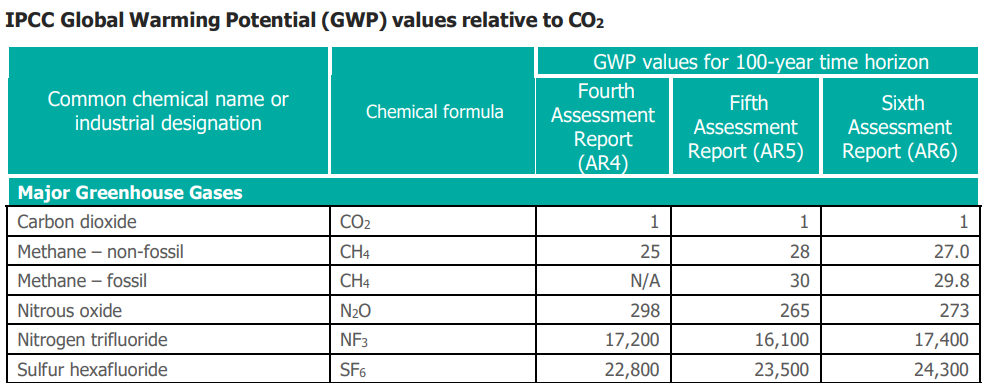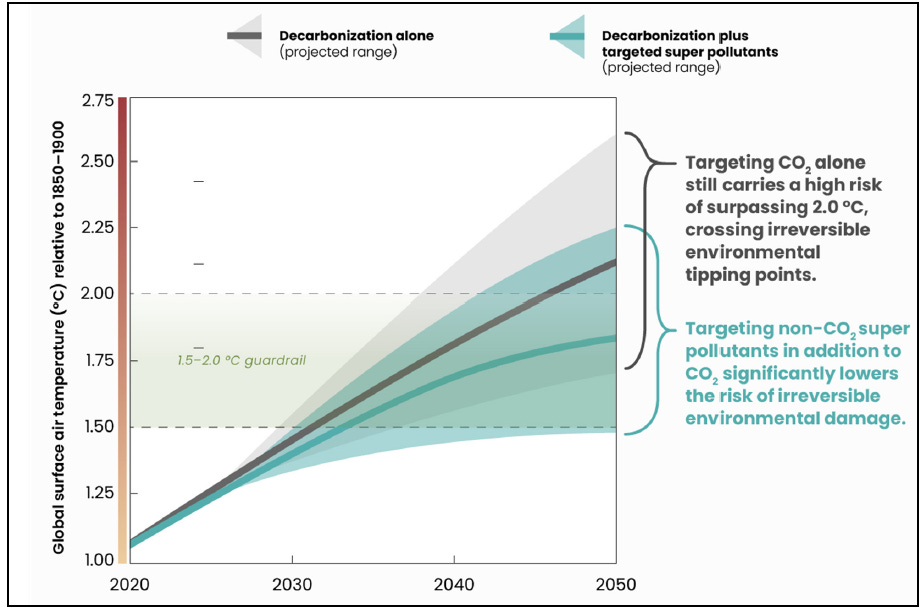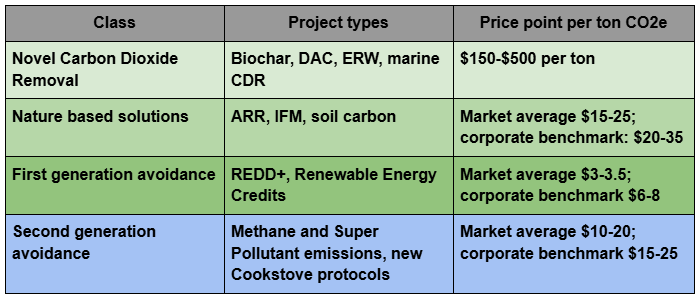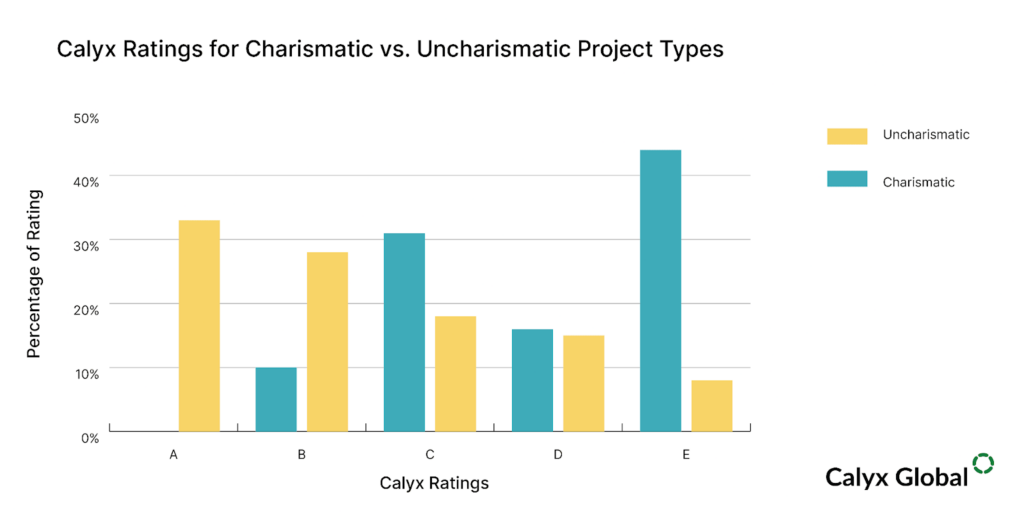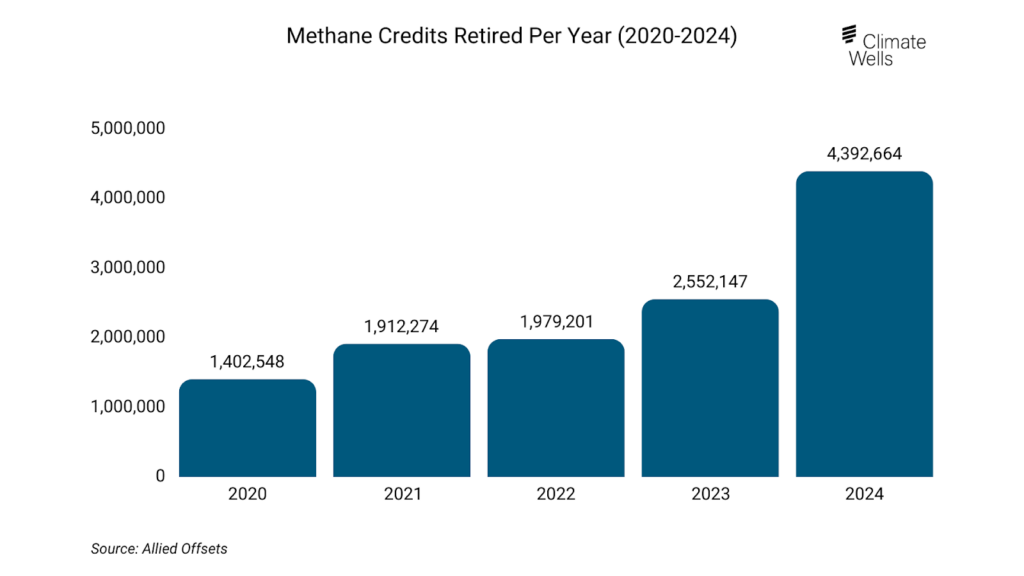
… And what ‘Fight Club’ can teach us
Greetings again after I took the summer off from writing! Here’s something lost in the discourse surrounding the One Big Beautiful Bill and its dire consequences for climate movement in the United States: the much-coveted 45Q tax credits remain intact. In fact for CCS purposes the value per ton of those credits increased to be at parity with DAC credits. Despite the many setbacks the climate movement saw in the OBBB passage, carbon dioxide removal seems to have escaped the worst of outcomes. Begs the question: why?
I’m not going to rehash the politics of how and why the OBBB itself came to pass. Rather, in this piece I’m going to explore some upstream reasons why I believe that carbon dioxide removal was spared the worst, with culture as a primary driver. To be clear: I believe the bill’s repercussions for many climate solutions – especially the wind, solar, and electric vehicle industries – will hamper economic growth and climate progress. Think of this writing more as an opinion essay rather than a data-driven argument, drawing on experience as an entrepreneur, policy advocate, and community organizer.
There’s an adage that politics is downstream of culture. So it would follow that carbon removal culture is part of the reason that CDR has to date enjoyed downstream political support in the USA, . The nature of the industry and the policy advocacy efforts by many, many dedicated individuals to this point in time has provided something that regulators, civil servants, elected officials – and their constituents – can get behind, on both Left and Right, in conservative or liberal contexts.
Here are some of my observations on the advantages that CDR achieves in its general industry culture:
1 – Carbon removal represents a new type of climate solution, famously thrust into the spotlight in 2018 with the IPCC statement that removing excess atmospheric CO2 is going to be necessary to achieve the world’s climate targets. Being new has spared CDR from excess baggage of decades of fighting over environmental policy. This offers a contrast to renewable energy, or EVs which are making headway significantly now, but only after decades of opposition and foot-dragging.¹
Furthermore, the novelty of CDR is not in stopping emissions, but targeting what is existing in the atmosphere already – which makes for a different framing of climate solution. In short, there’s no incumbent industry that is going to resist the threat of being displaced!
2 – Because CDR features many different technological approaches, the industry as a whole can offer a diverse set of co-benefits to a wide variety of stakeholders beyond the all-important ton of atmospheric carbon dioxide removed. In other words, while industry insider participants may contend adamantly about advantages and drawbacks of particular CDR methods, there’s enough benefits to serve the additional needs of many interested parties. CDR is not biochar alone, Direct Air Capture alone, or BECCS alone – it is a set of widely varying solutions centered around one central problem.
3 – Third, branding. Excess atmospheric carbon dioxide is legally characterized as pollution as of the 2007 Massachusetts vs EPA Supreme Court decision. And pollution = bad. As such, the carbon removal industry strives to clean up this big carbon spill in the sky² – and do so in a way that does not threaten incumbent industries. And in doing so consider the non-climate aspects of a CDR solution – a climate solution which does not talk about climate per se, similar to how the first rule of ‘Fight Club’ is to “not talk about Fight Club”.
A corollary: Transforming a pollutant into a product that can provide value to a customer turns the climate conversation on its head. It tickles the imagination to think that a ‘bad’ can become a ‘good’. I’m particularly fond of the Reversing Climate Change podcast not just because of the content, but because of the mindset that leads us to think that reversing the worst of climate change is possible – it suggests agency rather than passivity.
These factors make conversations about carbon removal easy to enter into. The ‘ask’ in carbon removal is not so much asking people to change their lifestyles – that can lead to resistance. Rather to seek support for forward thinking solutions that truly tickle the imagination. To wit, anecdotally I’ll say that I’ve had many conversations with family, friends, and friends of friends about carbon removal, and I frequently hear:
“You can do that? Really??”
“Yes, really. We can turn a waste pollutant into a product or service of value.”
And when I tell people that if we stop emitting CO2 first and foremost, while scaling up carbon removal, then we can draw down the 425ppm of carbon dioxide³ to preindustrial levels over the course of decades, I get the same response:
“This is possible? Really?”
Yes. It. Is. Possible.
This framing imbues the industry with a message of hope, which has enabled CDR (to date) to sidestep the culture wars that have led many climate solutions to fall victim to pitched on-again / off-again battles in the United States, depending on the whims of 2 or 4 year election cycles. A positive culture emerged from a blank slate, offering potential economic benefits while moving forward on a narrative of hope.4
I firmly believe we need an “all of the above” strategy for climate solutions – no one solution set alone is enough. Threading the needle of culture can lead to policy success downstream; some sectors of climate solutions have succeeded at that better than others. Carbon dioxide’s ability to avoid the worst of climate culture wars to date has to be considered a success in the early stages of the industry.
Jason Grillo is the Principal of Earthlight Enterprises marketing consultancy, Co-Founded AirMiners, and is a voluntary contributor to CDR.FYI. This post appeared on the Institute for Responsible Carbon Removal blog.
The opinions expressed in this writing are each author’s own and do not reflect the position of any employer or associated organization.
¹See GM’s EV1 which was on the US market from 1996 to 1999
²Hat tip to Mike Robinson at Pacific Coast Legacy Emissions Action Network (PACCLEAN.org) for this metaphor
³As of August 2, 2025, per https://www.co2.earth/daily-co2
4And “hope is a good thing – maybe the best of things”











